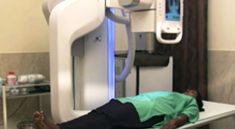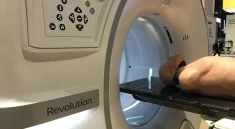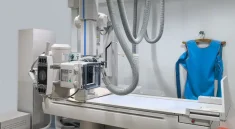ABGX – Protecting patients and staff from radiation harm has become a critical focus in modern medical environments. As diagnostic and therapeutic imaging advances, radiation use grows rapidly. Hospitals now use high-powered machines for X-rays, CT scans, and cancer treatment. These tools are life-saving, but they also present risks. Therefore, medical professionals must adopt strict safety standards. That includes both technology updates and behavioral practices to reduce long-term exposure. The responsibility is shared by every team member.
“Read More: Advanced Features Android 16, Google Increases Security of Android Phones from Thieves”
Equipment calibration that limits unnecessary radiation doses
Medical equipment must be calibrated precisely to minimize exposure while still producing clear results. When settings are too high, patients receive more radiation than needed. This is avoidable. Technicians are trained to use the lowest dose required for diagnostic quality. Regular maintenance also ensures machines don’t malfunction. If ignored, the consequences could be serious. Calibration standards vary by machine type, so technicians must stay updated with new protocols.
Proper shielding that reduces radiation spread in workspaces
Protective barriers and shields are essential in reducing radiation spread. Lead aprons, thyroid collars, and portable shields help keep non-targeted body parts safe. Likewise, rooms with radiation equipment are often built with lead-lined walls. That ensures radiation doesn’t escape the designated area. Staff who remain in the room during procedures must always wear personal protective equipment. Even short-term exposure adds up. Shielding protocols protect not only individuals but also the entire medical team.
“Read About: Upgraded Radiation Safety Protocols in Healthcare”
Real-time monitoring for staff exposure management
Radiation badges, also called dosimeters, track how much radiation staff receive over time. These are worn daily and measured weekly or monthly. If levels rise above the safety threshold, action is taken immediately. Often, job rotation and added shielding are implemented. This proactive tracking helps institutions protect their workers long-term. Managers review these readings and adjust schedules if necessary. Workers who spend more time in radiology zones face greater risk, so balance is crucial.
Staff education that builds a strong safety culture
Training isn’t optional — it’s essential. Every staff member, from radiologists to janitors, must understand basic radiation principles. Training includes how to operate machines safely, how to respond to spills, and how to report exposure. Safety drills and annual refreshers ensure no one forgets their role. Furthermore, when new equipment is introduced, specific training sessions follow. That way, safety procedures evolve with technology. A culture of safety comes from consistent awareness.
Patient communication that builds cooperation and trust
Patients need clear information about radiation before procedures. When medical staff explain the purpose, benefits, and safety steps, anxiety goes down. Informed patients are more cooperative during procedures, which results in more accurate outcomes. Trust also increases when professionals acknowledge the risks and demonstrate care. Written consent forms often include exposure details. Additionally, pediatric patients require special protocols, as they are more sensitive to radiation. Families appreciate tr



